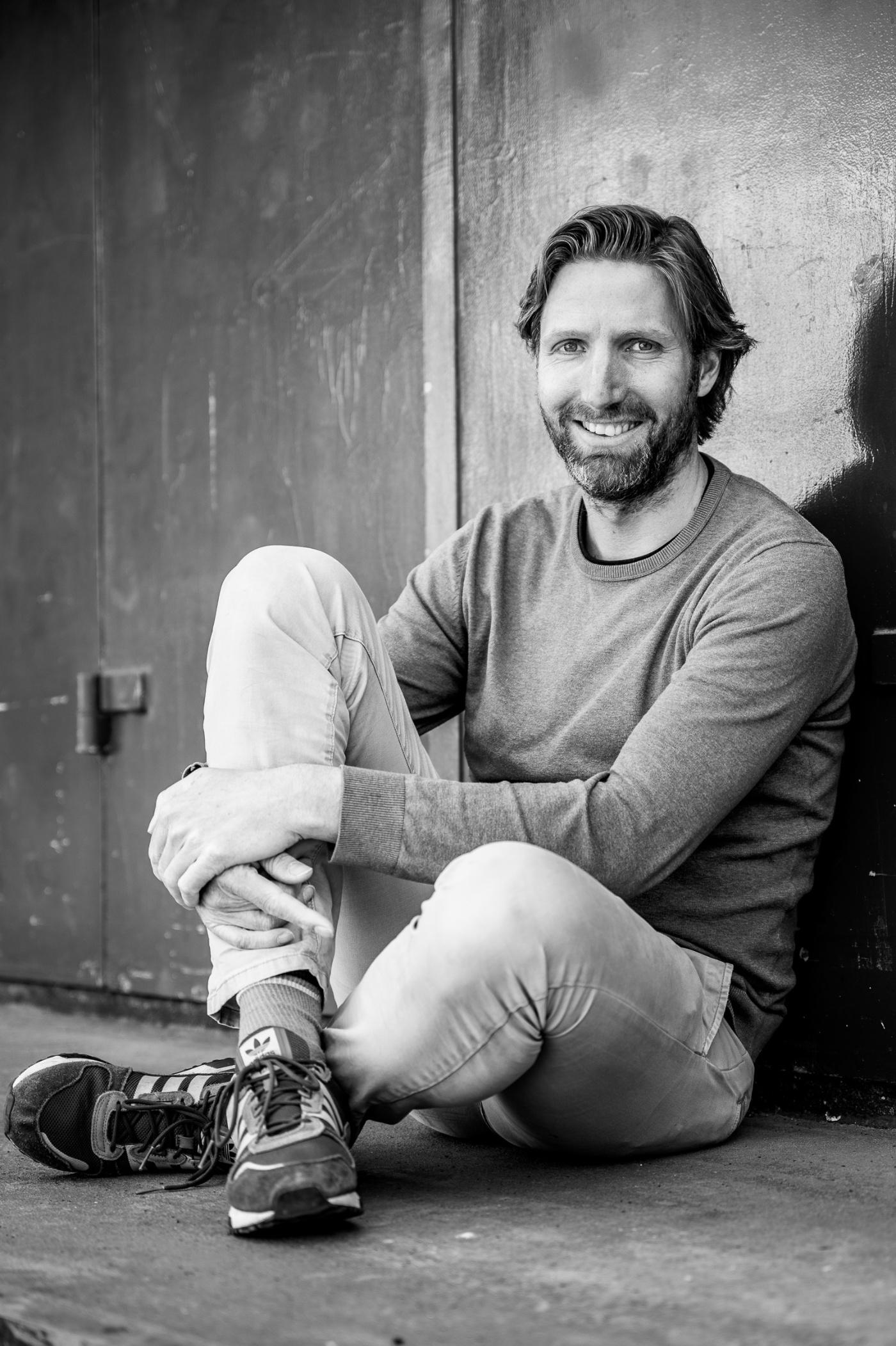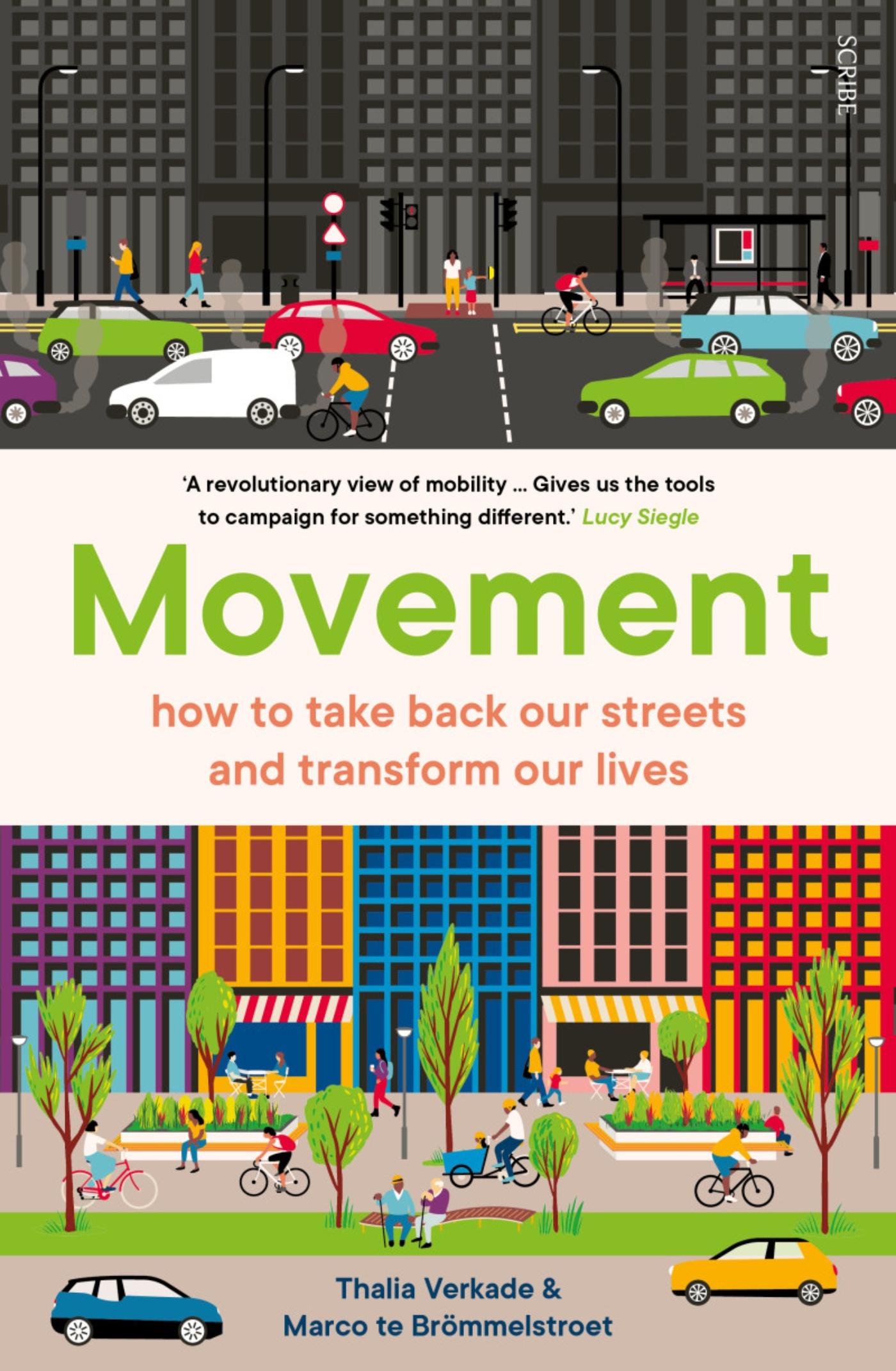News
"We need a new perspective"
Are we planning our streets in the right way? Or could we make much better use of public spaces? Marco te Brömmelstroet has been asking himself these and similar questions for many years.
Are we planning our streets in the right way? Or could we make much better use of public spaces? Marco te Brömmelstroet has been asking himself these and similar questions for many years.

The Dutchman holds the chair of Urban Mobility Futures at the University of Amsterdam and is accordingly concerned with the future of our mobility. His approach: to develop new thought structures that take a different look at our current mobility behavior - and question it critically. In his new book "Movement: How to take back our streets and transform our lives", he and journalist Thalia Verkade do just that. In an interview, we spoke with te Brömmelstroet about his view of mobility today, what he sees as the biggest roadblocks - and his vision for the future.
Mr. te Brömmelstroet, you recently published the book ‘Movement: How to take back our streets and transform our lives’. What exactly is it about?
Marco te Brömmelstroet: In principle, it's about the fact that we take it for granted these days that the streets in front of our houses are only there to get from A to B - nothing more. But what happens if we think radically differently here? What would happen if we used these public spaces differently? Could we possibly improve our lives as a result? In the book, my journalist colleague Thalia Verkade and I deal with precisely these and similar questions - and always reach one core issue at the end: Who owns our streets?
Before we go in search of answers, how would you describe the current state of our mobility?
te Brömmelstroet: Mobility has become a key example of a depoliticized field. What I mean by this is that our mobility is only optimized by a small group of experts. But actually, this topic is so conflict-ridden that it should be discussed on a much larger scale in society. The fact is that certain decisions made by these experts in the past have shaped our public spaces to optimize speed and convenience for individual consumers. The consequence of this is that today we no longer know at all how we could actually use these spaces differently.
How do you mean?
te Brömmelstroet: Look, our public spaces are designed in such a way that we chase the utopia of saving an ultimate amount of time. But can we really do that? Because, if we're honest, travel time remains about the same - only distances are getting longer. Empirical data shows that human travel time is much more constant over the years than one would expect from the many technical innovations. Basically, we assume that individuals can save travel time if we allow them to travel from A to B faster, cheaper and more comfortably. But the supposed conveniences of mobility have failed to do just that. Instead, they have led to an incredible increase in the distances people now have to travel to engage in the same activities. While this has some advantages - considering the economy - the bottom line is that this development has made society dependent on and addicted to fast forms of mobility. With all its negative consequences.

Is one negative consequence that we humans are becoming more and more selfish when it comes to our mobility?
te Brömmelstroet: In terms of the current models of transportation engineering, we are - yes. Man is simplified as Homo economicus: selfish, calculating, cold individuals who optimize their personal benefit. Consequently, this is how we talk about him, make decisions, and ultimately design our roads according to this principle. For example, individual travel time is seen as something negative. Something that is between A and B and therefore should be minimized. Any delay for an individual is an immediate problem for society to solve. Any interaction with other selfish individuals is defined as a conflict. Therefore, I believe that we have contributed to people becoming more selfish, through transportation technology, in recent decades.
Where will we end up if we continue like this?
te Brömmelstroet: We continue to work toward this utopia of ultimate travel time savings - and are increasingly losing sight of the essentials. But there are also signs that the current technocratic thinking is starting to crack. Examples from transportation planning in cities such as Groningen, Barcelona and Paris show that there can also be alternatives when it comes to mobility, where the focus is on people.
What is your vision for the future of mobility?
te Brömmelstroet: We need a new perspective, a broader vantage point. I would like to see an exchange between different fields when it comes to our transportation planning: ecologists, psychologists, sociologists, and not just the current focus on technology and engineering. I would also like to see more discussion in our society. Events like the IAA should also deal more directly and openly with different views - and provide a platform for these debates.
And what role do bicycles and cars play in this vision?
te Brömmelstroet: They each serve their respective purpose. And by that I don't just mean the purpose of getting a person from A to B, but also, for example, their role: cyclists and pedestrians simply fit better in spaces where there is an exchange between people. Spaces where there are children playing, spaces where people shop, and spaces where we spend our free time. Basically, places where we live. The car fits much better into an infrastructure outside the cities and far away from our daily living space. By the way, this discussion was already going on in the 1920s when mass production of cars began. In this regard, I recommend the books "Fighting Traffic" and "Autonorama" by Peter Norton.
What would be the biggest challenge on this journey?
te Brömmelstroet: I would say that the current standstill is the biggest challenge. We have a technocratic view of our mobility that we take for granted, and that is solidified in guidelines, standards, models and institutions like the IAA. Solidified in concrete, asphalt and steel. And, above all, solidified in our imagination. So we, as a society, would first need to dismantle this mindset.
Mr. te Brömmelstroet, thank you very much for the interview.